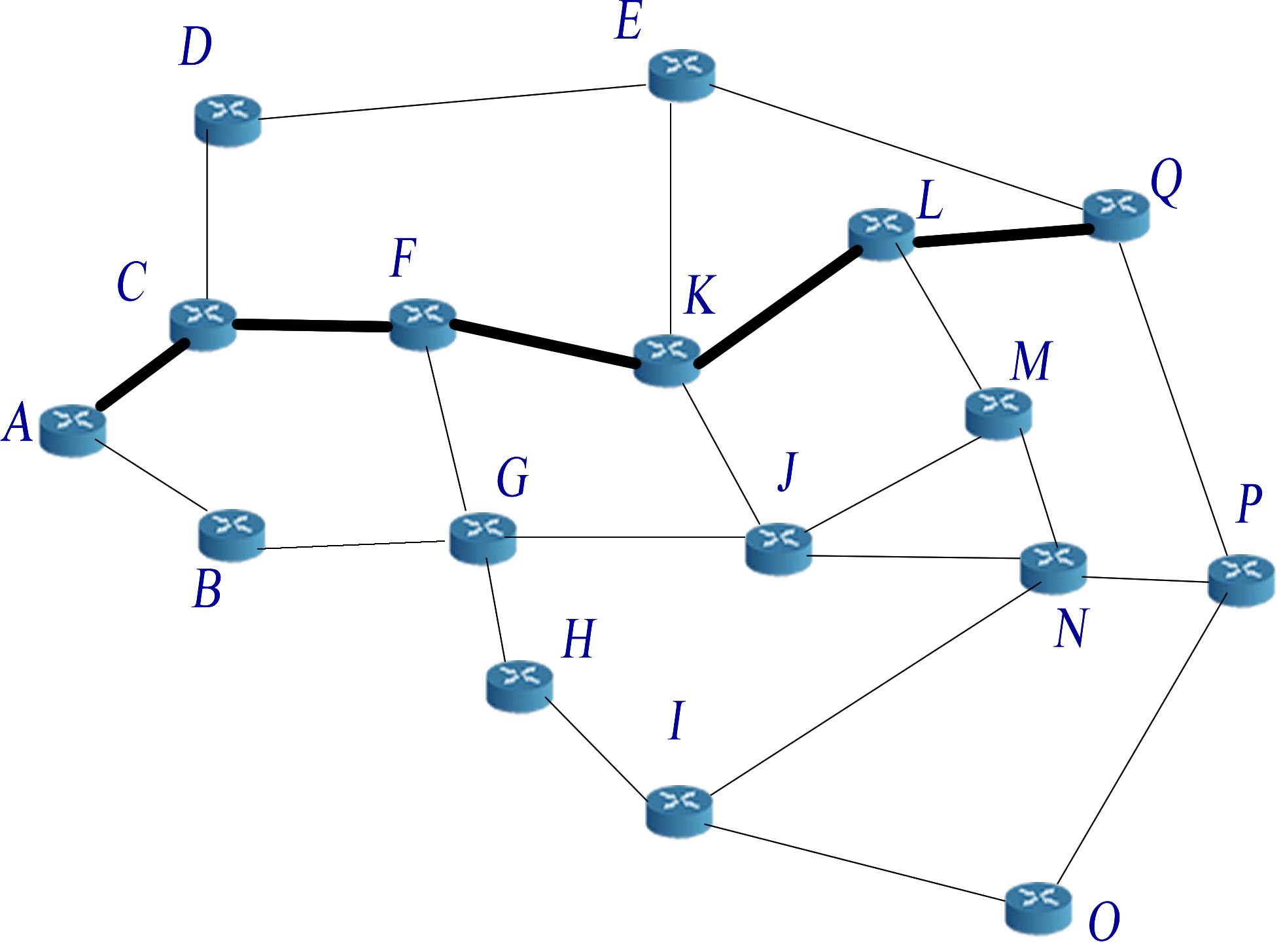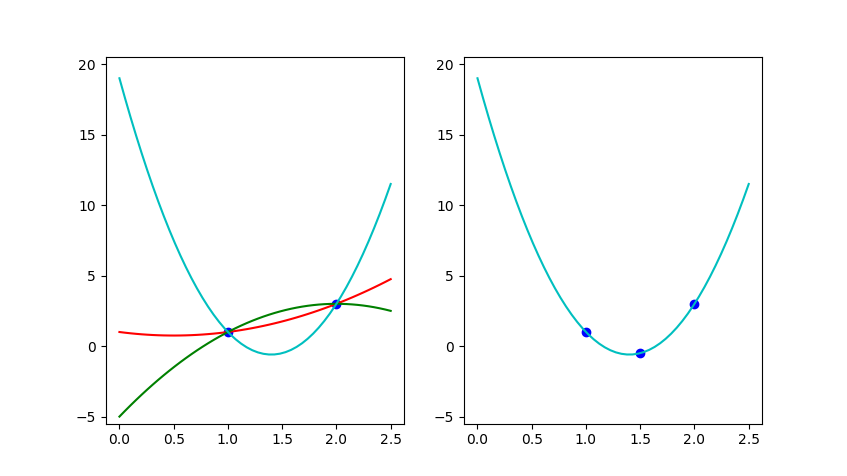Cryptography Work
A list of crypto related projects
Below is a series of summaries of my research in cryptography while I was a student at MIT.
Implementation of a Practical Leakage-Resilient ID Scheme (2016-2018)
For my senior year at MIT, I participated in the MIT SuperUROP program as a MITRE Undergraduate Research and Innovation Scholar. My research topic was Implementing Leakage Resilient, Public Key Authentication Systems for Embedded Devices, working with Utsav Banerjee, Chiraag Juvekar and Prof. Anantha Chandrakasan.
This work was presented at EECScon. An extension of this work, with my collaborators, is currently in submission.
Abstract
Having an effective and convenient authentication system is necessary for the future development and increased usage of devices in the Internet of Things. This paper presents the implementation of a pairings-based, public key leakage resilient authentication system to improve upon current authentication schemes. We have developed a pairings library in C, and we have implemented software in RISCV assembly that successfully implements such authentication scheme on a FPGA, demonstrating the feasibility and efficiency of such primitive.
My paper can be found here.
Probabilistic Lightning (Spring 2017)
For our 6.857 (network security) final project, in a group project with Jamie Bloxham, Gina Yuan, and Justine Jang, we implemented probabilistic payments on the bitcoin lightning project. The bitcoin lightning is a peer-to-peer system that allows transactions between parties to be conducted off the main blockchain, reducing transaction costs.
Abstract With regular Bitcoin transactions, low-value, high-frequency payments are increasingly impractical due to increasingly significant mining fees that must be paid with each transaction. The Bitcoin Lightning Network is an extension to Bitcoin that allows two parties to create a payment channel between themselves, allowing payments to be made without committing many transactions to the blockchain, thus avoiding substantial mining fees. However, these payments still cannot be smaller than a satoshi, the smallest unit of Bitcoin. In this paper, we describe a scheme for probabilistic payments in the Lightning Network, which can be utilized to effectively make sub-satoshi microtransactions.

Github
See my code and documentation here.
Our final writeup can be found here.
Selected Press
Our project was featured on Bitcoin Tech Weekly and Reddit.
Thresholdizing Lattice-Based Encryption Schemes (2018)
Below is a description of my MEng thesis, completed in 2018.
Context / Abstract
In this thesis, we apply secret sharing techniques on lattice based encryption schemes, namely fully homomorphic encryption and predicate encryption. Using secret sharing techniques from [BGG+17], we show how to construct paradigms of threshold multi-key fully homomorphic encryption and predicate encryption. Through multi-key fully homomorphic encryption and threshold fully homomorphic encryption, we can construct a low-round multi party computation (MPC) scheme with guaranteed output delivery, assuming honest majority in the semi-honest and malicious settings. Applying the secret sharing scheme on predicate encryption constructions from LWE, we can obtain a distributed predicate encryption scheme.
My thesis is available here.
I would like to extend special thanks to my advisor Yael Kalai my collaborator Adam Sealfon.
Below, I'd like to give a high level overview of some of the cryptographic concepts. For more technical details, please see my thesis or the links to the courses below!
Secret Sharing
Secret sharing is a cryptographic protocol that involves sharing a secret among a group of participants (each receiving shares of the secret), such that the secret can only be reconstructed if a sufficient number of parties combine their shares. The motivation of this primitive is from cryptographic key management, in which storing a secret key would be more secure if split among multiple parties.
More formally, a secret sharing scheme has two algorithms, $Share$ and $Reconstruct$:
- $Share(s, \mathbb{A}) \to (s_1, \dots s_N)$: The share algorithm takes in input secret $s$, an access structure $\mathbb{A}$ for $N$ parties, and outputs $N$ shares in which share $s_i$ is sent to party $i$.
- $Reconstruct(S) \to s$: The reconstruct algorithm takes in a set of shares $S$ such that if number of shares in $S$ is sufficient relative to the access structure, then the secret $s$ is returned. Otherwise, $\perp$ is returned.
The properties that we want out of a secret sharing scheme are:
- Correctness: if a sufficient number of shares are given to the reconstruction algorithm, then the secret will be recovered.
- Security: if an insufficient number of shares are given to the reconstruction algorithm, then the secret should not be recovered.
One of the most famous examples of secret sharing is Shamir's Secret Sharing Scheme which uses the elegant idea of polynomial interpolation to achieve correctness and privacy. A secret $s$ is simply the $y$ intercept of a degree $n-1$ polynomial $f(x)$, and party $i$ is given $f(i)$ as her share. If $n$ parties combine their shares, through polynomial interpolation it is possible to uniquely reconstruct $s$. However, if there are fewer than $n$ shares available, then it is impossible to uniquely reconstruct $f(x)$ and determine the secret!

Fully Homomorphic Encryption
Fully Homomorphic Encryption is a recently realized construction which I think is really cool! In essence, it allows computation on encrypted data the same way we would compute on plaintext. An encryption scheme is a family algorithms consisting of $KeyGen$ (which generates the public and secret key, $Enc$ (which takes in as input the public key and a plaintext message and outputs a ciphertext) and $Dec$ (which uses the secret key to decrypt a ciphertext and output a message).
In FHE, we allow an additional $Eval$ algorithm. Assume that $ct_1 = Enc(m_1)$ and $ct_2 = Enc(m_2)$. We can generate $ct^+ = Add(ct_1, ct_2)$ such that $Dec(ct^+) = m_1 + m_2$. We can also generate $ct^* = Mul(ct_1, ct_2)$ such that $Dec(ct^+) = m_1 * m_2$. With addition and multiplication, we can simulate any circuit and this any function! In theory, if you gave your data encrypted to Google, Google could use FHE to run their algorithms on your data, and return to you the queries you desire, without them learning anything about your underlying data!
Predicate Encryption
Predicate Encryption is another type of augmentation of classical encryption schemes. A ciphertext $ct$ is now associated with a private set of attributes $x$ such that one holding a secret key $sk_C$ associated with predicate $C$ can only decrypt $ct$ if $C(x) = 1$. Predicate encryption is a generalization of attribute-based encryption but is also a special case of functional encryption.
Predicate encryption has many interesting applications. For example, one may wish to encrypt the location of a club meeting with the attributes such that only people who can prove their identity may decrypt and discover the location.
My Thesis, in summary
Using secret sharing techniques, we can secret share the secret key of predicate encrytion and fully homomorphic encryption schemes to allow for decentralized decryption. This means that, we can have $k$ parties output partial decryptions of a FHE or PE scheme and be able to reconstruct the output using the partial decryptions, while preserving the secrecy of the secret key shares. Applications of these techniques include low round multi-party computation and decentralized predicate encryption.
Further Reading
For further reading, MIT's 6.857 Computer and Network Security class is a good resource to get started in cryptography. I took this class when I was an undergraduate at MIT.
I also filmed the more theoretical cryptography class at MIT, 6.875 Cryptography and Cryptanalysis. The video lectures are available here
Please see my thesis for a more complete bibliography.



